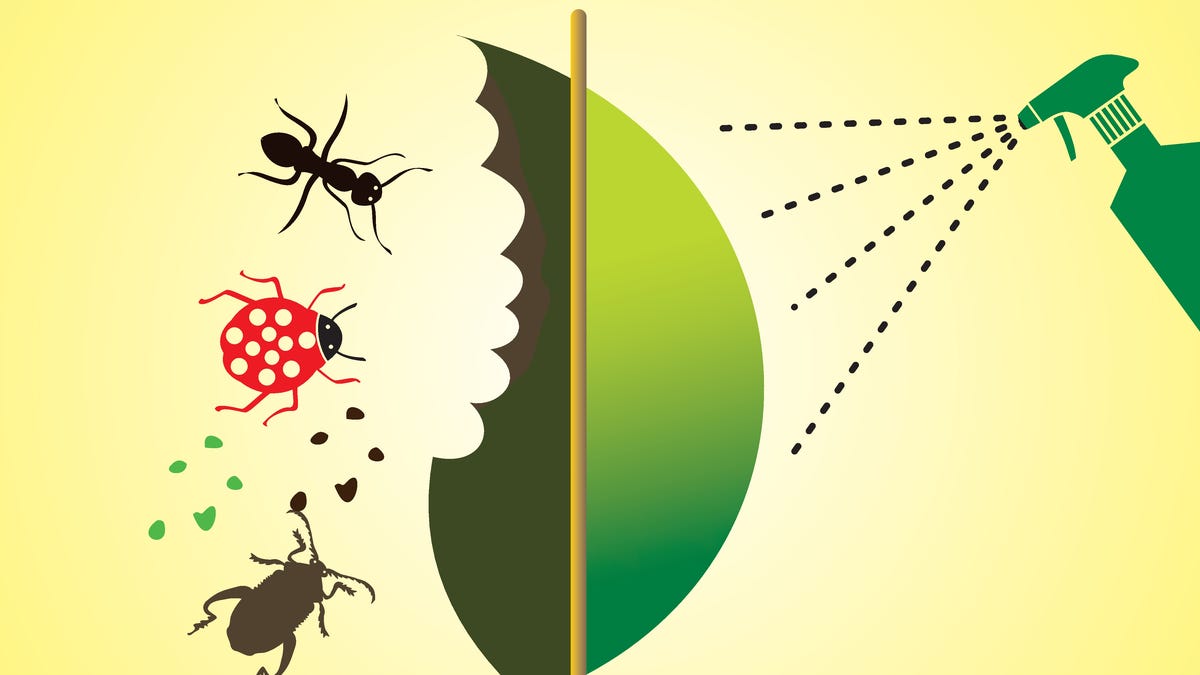There’s a lot to think about when choosing plants for your garden. Color, size, compatibility with other species, and whether they can encourage biodiversity in your green space are among the factors to consider.
On his Instagram account Nettles & Petals (@nettlesandpetals), gardening expert Jamie Walton has been lauding his purple emperor nasturtiums, which are durable, provide a number of benefits in a garden, and look fantastic.
The scoop
“This nasturtium variety is seemingly indestructible,” Walton says when introducing the video.
“Where my other nasturtium varieties have come, gone, and come back in some cases, this variety, which is ‘purple emperor,’ has stood strong and hasn’t succumbed to black fly or [cabbage white caterpillars] or anything else for that matter.”
Walton describes the flowers as having a “dusky pink” appearance, and he says he’s had the plants growing in multiple locations in his garden and all have been thriving.
“I grow nasturtium every year as they are just so versatile,” he added in the video’s caption.
How purple emperor nasturtium plants help
Walton praised the plant’s ability to encourage pollinators and discourage common pests in the post’s caption.
According to Bountiful Gardener, nasturtiums can keep cabbage loopers, squash bugs, and cucumber beetles away by confusing them before they land on leaves and lay eggs.
They can also be used as a trap plant. Aphids, for example, love nasturtiums, so planting them near high-value crops can lure bugs away from the vegetables you want to protect.
Gardeners Path, meanwhile, noted they also attract beneficial insects like hoverflies and wasps, which will take care of the more destructive pests in your garden.
Among other recommendations for protecting your plot from pests, pesticide-free solutions include releasing ladybugs onto plants to feed on pesky aphids.
Diatomaceous earth, a smell-free powder made from ancient algae skeletons, is another planet-friendly way to target ants, slugs, and tomato hornworms.
What everyone’s saying
Fellow green-thumbed enthusiasts were keen to take advantage of this sturdy plant variety.
“If you ever decide to sell seeds … please let us know!” one commenter said. “This is one I would definitely want to purchase!”
“Never seen this one,” another added. “Absolutely loved them.”
Meanwhile, others had found the plants were similarly hardy in their own gardens, and at least one is hoping to use the seeds in meals and snacks.
“I have a plant of purple emperor that’s done the same – first to flower and still going, pale pinky flowers,” said one Instagrammer.
“We planted them in a new community garden from seed in March/April, still blooming in October,” another observed.
“Used my little seeds to pickle them,” one resourceful commenter noted. “Six months and I will have capers.”
Join our free newsletter for easy tips to save more, waste less, and help yourself while helping the planet.









